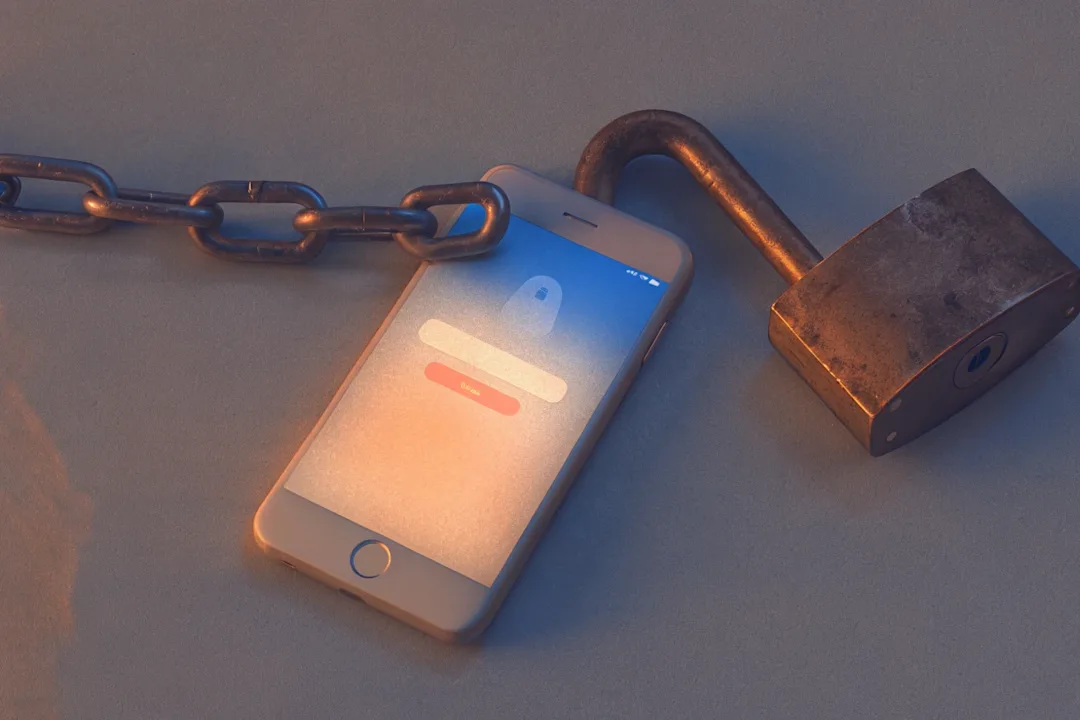Can You Use Android Apps on iOS Devices?
Introduction
Android and iOS dominate the global mobile ecosystem, but their core technologies from system frameworks to app formats are vastly different. One of the most common questions users ask is: “Can I install an APK on my iPhone?”
This blog explores everything you need to know about using APK on iPhone devices, why it’s technically impossible, what risky workarounds users try, and why real device testing is essential for developers and QA teams alike.

Get the Mobile Testing Playbook Used by 800+ QA Teams
Discover 50+ battle-tested strategies to catch critical bugs before production and ship 5-star apps faster.
What Is an APK File?
APK (Android Package Kit) is the standard file format for installing Android apps. These packages bundle everything an Android app needs: compiled code, UI assets, resources, certificates, and permissions.
Key facts about APKs:
Designed only for the Android operating system
Often used for side-loading apps outside the Google Play Store
Require Android frameworks and permissions to function
Pose security risks if downloaded from unverified sources
Android vs iOS: Why You Can’t Use APK on iPhone
Android apps are built using languages like Java or Kotlin, and their outputs are APK files. In contrast, iOS apps use Swift or Objective-C and are compiled into IPA files, the Apple equivalent.
Fundamental incompatibilities:
APKs cannot run on Apple hardware
iOS cannot recognize or interpret APK files
APK files lack the security signing and structure required by iOS
So, attempting to use an APK on iPhone simply won’t work, and no app on the App Store will enable this.
Common Workarounds (and Why They Fail)
1. Search for the Official iOS App
Your best and safest option is to find the app’s native iOS version on the App Store. Many major apps have both Android and iOS versions. This avoids all compatibility and security issues.
2. Using IPA Converters or Third-Party App Installers
Some websites claim they can “convert APK to IPA” or allow side-loading apps on iOS using custom installers.
These often require:
Uploading an APK file to a third-party platform
Downloading a fake or altered IPA
Manually trusting an unverified developer certificate
Risks include:
Apple may revoke developer certificates at any time
Apps may break or not open at all
High chance of malware, spyware, or data theft
Violates Apple’s policies and often app licenses
3. Using Android Emulators on iOS (After Jailbreak)
Some users attempt to install Android emulators by jailbreaking their iPhones. This process removes Apple’s built-in security protections and introduces serious risks:
Device instability
Incompatibility with OS updates
Exposure to malware
App Store access may be blocked
Jailbreak iPhone attempts often result in bricked devices or security breaches, and are not worth the risk.
Screen Mirroring: A Safer (But Limited) Workaround
Rather than installing an APK on iPhone, you can run the Android app on an actual Android device and mirror the screen to your iOS device using tools like AirDroid, TeamViewer, or Reflector.
Limitations of screen mirroring:
You’re not actually running the app on iOS
It’s essentially remote control, not native interaction
No access to device hardware, sensors, or notifications
Requires a second Android device
Why This Matters to Developers: Emulator Limitations
Many developers test apps using Android emulators or simulators for iOS, thinking it's a time-saving solution. But these tools fail to capture the diversity of real-world conditions.
Emulators cannot:
Simulate real cellular network conditions
Accurately test push notifications or sensor inputs
Match performance on different hardware models
Reveal UI issues across screen sizes and display types
Developers relying solely on emulators risk shipping buggy or unstable apps.
Why Real Device Testing Is Essential
Real device testing means evaluating your mobile app on physical Android and iOS devices under real-world conditions.
Benefits for QA and Mobile App Testing Teams:
● Identify UI glitches that only occur on specific hardware Every phone has unique screen dimensions, resolution densities, and rendering behaviors. Real device testing helps uncover layout shifts, text cutoffs, and unresponsive elements that emulators simply can’t reveal.
● Validate push notifications, gyroscope behavior, and sensor input Many apps rely on system-level triggers like push notifications, accelerometer readings, or GPS location. These features often behave unpredictably on emulators. Real devices allow testers to verify if notifications are delivered reliably, sensors are firing correctly, and background tasks are handled properly.
● Test performance under true network load and signal loss Real-world users don’t operate on perfect connections. With real device testing, you can simulate slow networks, signal drops, or offline states, helping you catch issues like ungraceful error handling or app crashes during data sync.
● Confirm app behavior on old OS versions and low-end devices Fragmentation in mobile ecosystems means users could be running your app on a two-year-old budget phone or the latest flagship. Real device testing ensures your app doesn’t crash or degrade across different hardware profiles, processor speeds, RAM capacities, or outdated OS versions.
Modern Solutions: Cloud-Based Real Device Testing
Instead of maintaining a costly device lab, teams can now access real device testing platforms through the cloud. These services offer:
Access to hundreds of real iOS and Android phones and tablets
Compatibility and regression testing across OS versions
Full hardware access including camera, location, and sensors
Remote debugging, screen recording, and automation support
Ideal for:
CI/CD-integrated mobile pipelines
Testing new builds on multiple devices before release
Identifying issues missed in emulator-only testing
Platforms like BrowserStack, LambdaTest, and Quash allow scalable mobile app QA with real device precision.
Emulators vs Real Devices: Quick Comparison
Feature | Emulators on iOS | Real Device Testing |
App Accuracy | Simulated environments often miss edge cases and rendering bugs. | Mirrors real user conditions with 100 percent accuracy, revealing true app behavior. |
Access to Sensors | Limited to software-emulated sensors with unreliable behavior. | Full access to gyroscope, accelerometer, GPS, camera, and proximity sensors. |
Push Notification Testing | Usually unsupported or faked by scripts. | Real-time notification delivery tested under lock-screen, sleep, and active states. |
Legal or Security Risks | Often violates platform terms and may expose source code. | Follows Apple and Google’s guidelines with isolated, secure environments. |
User Experience | UI elements may not match real device dimensions or gestures. | Provides authentic touch response, gesture control, and haptic feedback accuracy. |
Conclusion
Using APK on iPhone is not a supported or safe practice. Android and iOS are built on completely separate foundations, with different architectures, app formats, and security rules. Workarounds like IPA conversion, side-loading, jailbreaking, or emulation come with major drawbacks including malware risks, device instability, and policy violations.
For users, the safest path is to search for the app’s official iOS version in the App Store. For developers and QA professionals, the takeaway is even clearer: to deliver seamless, secure, and reliable apps, testing on real devices is non-negotiable. Cloud-based device testing platforms provide the scalability and accuracy needed to meet user expectations in today’s fragmented mobile landscape.





